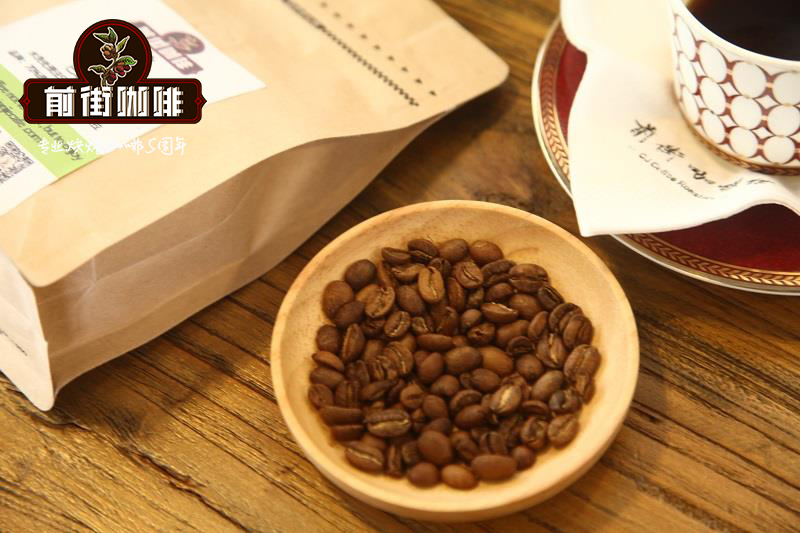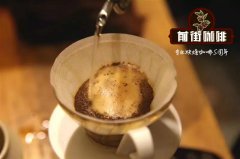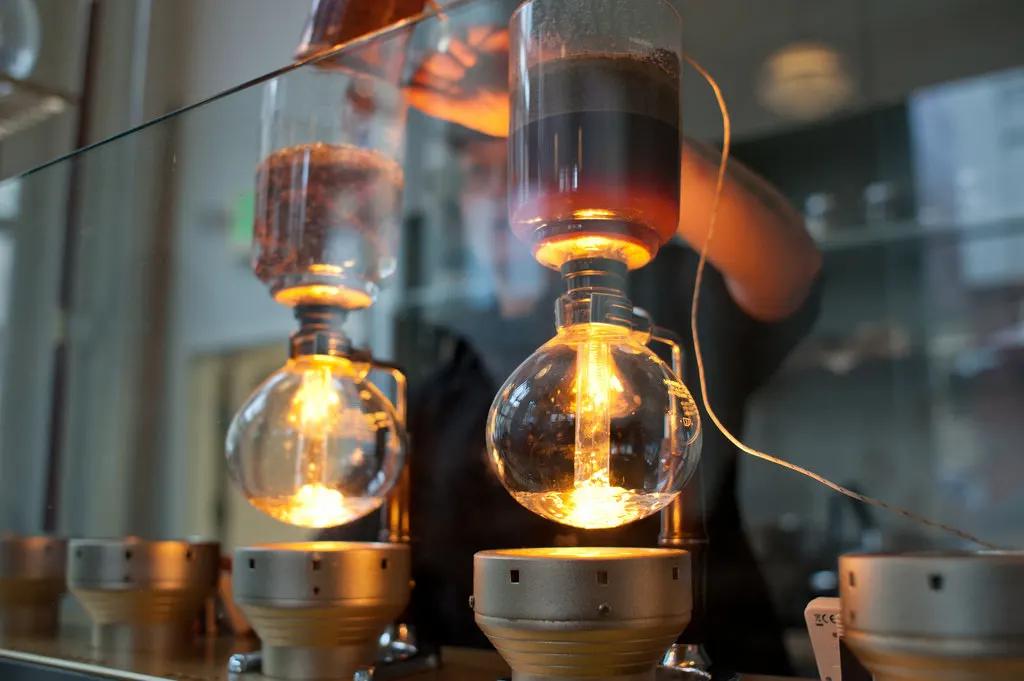What kind of natural low-caffeine coffee beans do you have? how's the tip bourbon? is it good?

Professional coffee knowledge exchange more coffee bean information please follow the coffee workshop (Wechat official account cafe_style)
Pointed bourbon is a natural low-caffeinated variety, which is academically called "Coffea Laurina", but it is commonly known as "Bourbon Pointu". It is mainly named because the bean shape of the pointed bourbon is longer and narrower and slightly pointed at both ends.
Unlike other artificially treated decaf coffee, pointed bourbon is due to genetic degradation, resulting in lower caffeine content and better flavor than ordinary bourbon coffee trees, but extremely low yield. this also makes pointed bourbon more rare and expensive.
View photos
▲ pointed bourbon beans (picture taken from CoffeeMart Coffee Market)
The pointed body bourbon was once extinct.
To mention the story of the extinction of pointed bourbon, we have to start from 1715 when the French transplanted the round mocha of Yemen to the island of Bourbon (later called Reunion) on the Indian Ocean on the east coast of Africa, and the soil, water and climate were different from those of Yemen. therefore, the variant bourbon is derived, the caffeine content becomes lower, and you can get a good night's sleep if you drink too much. Therefore, it is loved by French King Louis XV and famous French writers and scholars.
However, due to some natural disasters and diseases, the yield of the pointed bourbon of the variety became extremely low, and all the islanders who originally grew coffee turned to crops such as sugar cane, and gradually, sharp bourbon became the legendary coffee beans at that time. The coffee industry also recognized sharp bourbon as "extinct coffee beans."
The sharp body bourbon reappears in the world.
Decades after the sharp bourbon disappeared, Yoshihiro Kawashima, a coffee expert at UCC Coffee in Japan, repeatedly heard coffee farmers in El Salvador mention that "decaf trees may still live on the French bourbon island", giving him the idea of looking for the pointed bourbon.
So in 1999, he had the opportunity to visit Africa and stop by the island of Bourbon to find the legendary decaf tree. However, things did not go as smoothly as expected. None of the young people on the island had heard of coffee crops in Bourbon, so they had to leave their contact address to local farmers and officials before leaving.
Finally, two years later, in 2001, Kawashima received a call from farmers on Bourbon Island, saying that more than 30 unknown coffee trees had been found in the wild. Later, experts identified it as the Bourbon pointed coffee tree at that time, so French scientists cooperated with Japan's Shangdao Coffee to launch a natural low-caffeine coffee tree restoration program. Finally, in 2006, there were a small number of bourbon pointed coffee beans. After screening, they were sold in 2007, but only for the Japanese market. The price is as high as NT $20.8 per gram, which is four times more expensive than the top Blue Mountain.
The excellent flavor of pointed bourbon
What is the flavor of such a high-priced pointed bourbon? According to Coffee Studies, people who drink coffee think that it is different from the general coffee flavor, there is no bitter taste, with a strong citrus aroma and elegant acidity, and even some litchi fragrance.
Recently, the author also had the honor to drink the pointed bourbon from Guatemala, which is sold by the CoffeeMart coffee market. although it is grown in Guatemala, the variety is also native to the island of Reunion, with obvious peach aroma, fragrance like flower and fruit tea, smooth taste, sweet aftertaste, and tea-like rhyme lingering in the mouth for a long time, it is really only a very good quality coffee bean!
Conclusion
In fact, the price of pointed bourbon is not as high as it was then, and it is easier to obtain, but it is of course rare compared with other coffee beans. Therefore, if you have a chance to see this coffee bean, you must seize the opportunity to try this legendary coffee bean!
If you are extremely sensitive to caffeine but want to have a cup of coffee in the afternoon or evening, consider this naturally decaffeinated pointed bourbon.
references
New version of Coffee Science
A coffee legend: sharp bourbon
Important Notice :
前街咖啡 FrontStreet Coffee has moved to new addredd:
FrontStreet Coffee Address: 315,Donghua East Road,GuangZhou
Tel:020 38364473
- Prev

How to see the difference between new beans and old beans?
Generally speaking, fresh coffee beans harvested that year are called new beans (New Corp), those harvested the year before last are called old beans (Past Corp), and those that have been placed for more than a year are called old beans (Old Corp). This distinction is mainly due to the water content of raw beans, because new beans have more water content (usually between 11% and 13%) and appear dark green, while old beans (10%-11%) and old beans (water content)
- Next

Siphon pot full of unique beauty: an introduction to historical development and guidelines for cooking methods
Professional coffee knowledge exchange more coffee bean information Please pay attention to the coffee workshop (Wechat official account cafe_style) usually soak coffee brewing and drip coffee brewing are two different worlds, less overlap. The siphon pot (also known as the Saifeng pot), a unique coffee utensil, can create coffee with a thick but clear taste. Siphon pot: applied scientific principles
Related
- Beginners will see the "Coffee pull flower" guide!
- What is the difference between ice blog purified milk and ordinary milk coffee?
- Why is the Philippines the largest producer of crops in Liberia?
- For coffee extraction, should the fine powder be retained?
- How does extracted espresso fill pressed powder? How much strength does it take to press the powder?
- How to make jasmine cold extract coffee? Is the jasmine + latte good?
- Will this little toy really make the coffee taste better? How does Lily Drip affect coffee extraction?
- Will the action of slapping the filter cup also affect coffee extraction?
- What's the difference between powder-to-water ratio and powder-to-liquid ratio?
- What is the Ethiopian local species? What does it have to do with Heirloom native species?

